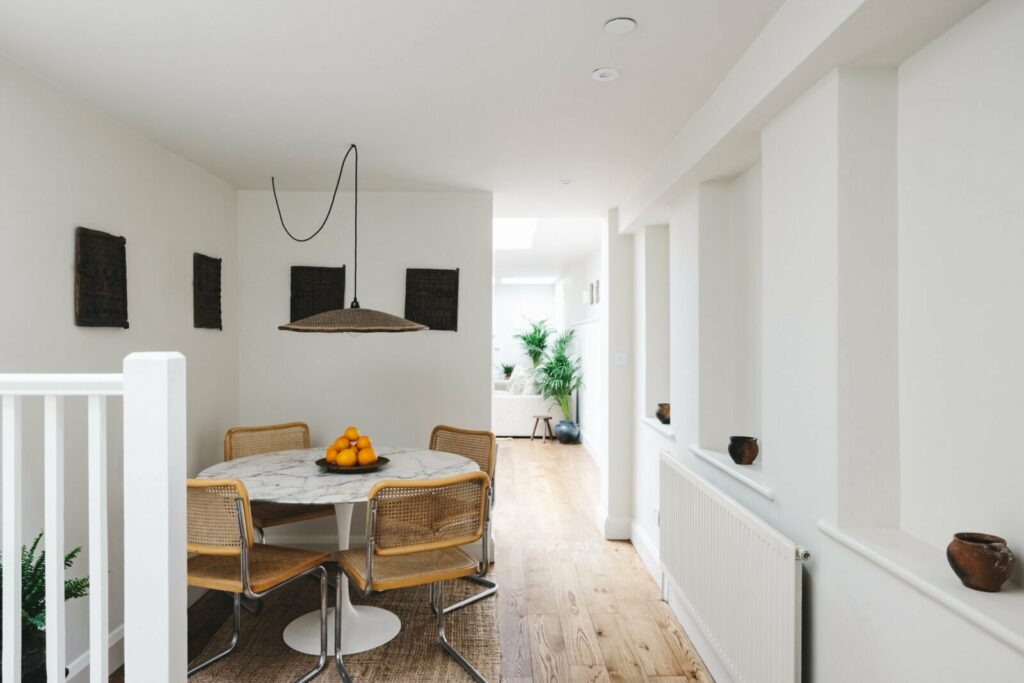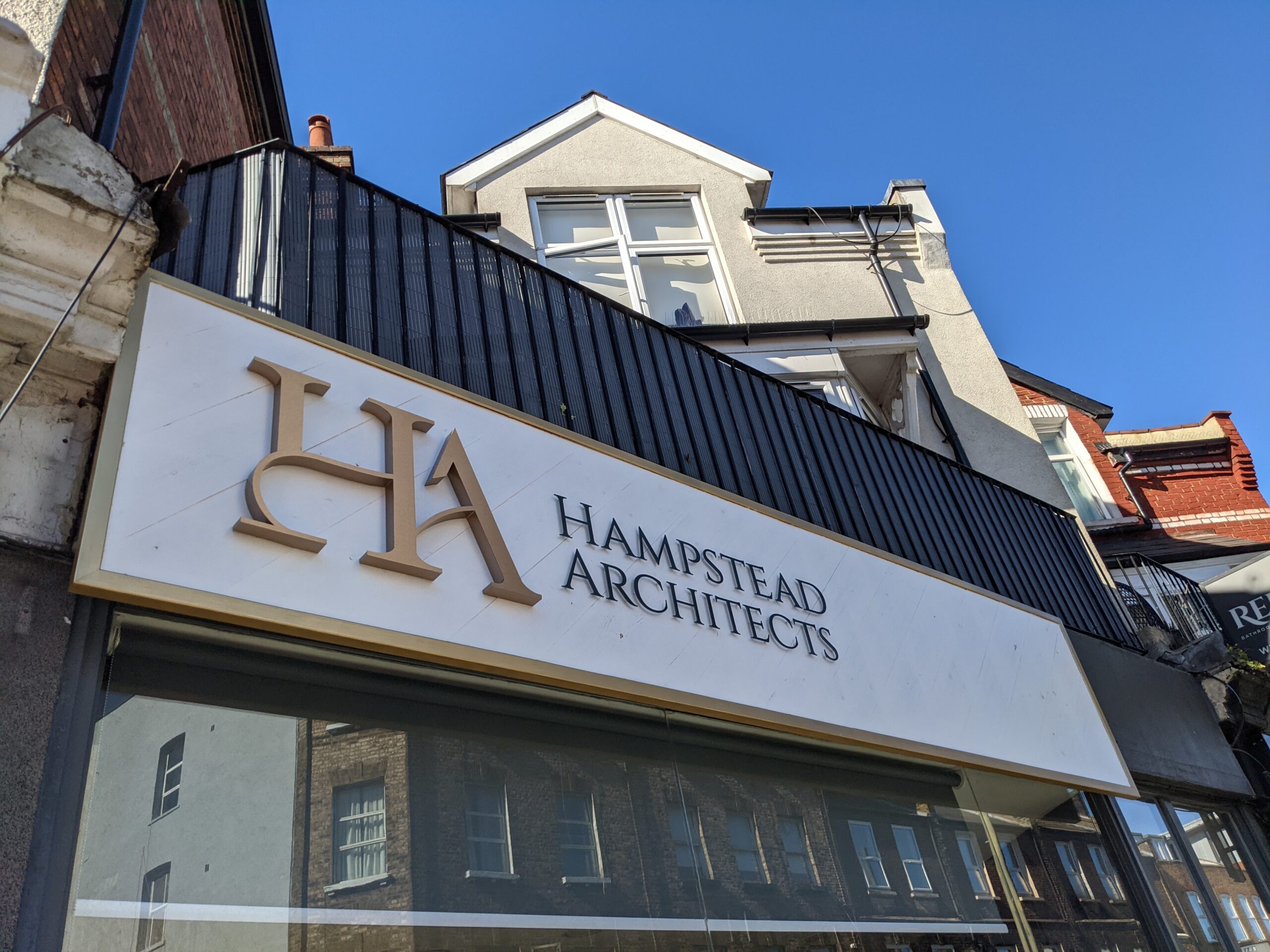How Many Objections Needed for a Planning Permission to be Refused
Planning applications can be met with various objections, and those often have to be taken seriously if you want to stay on the good side of your local planning authority. It’s important to understand how the system works and what affects your chances if you want to maximize your odds.

Not all objections are equal
Just because an objection has been filed doesn’t automatically mean that planning officers will take it seriously. Objections have to be properly structured and address valid, actionable concerns to succeed. It’s not rare that someone might think they have a good case against you when the reality is quite the opposite.
How many reasonable objections can jeopardize a project?
Even if an objection is based on valid reasons, that still won’t halt your project right away. A certain number of objections must be met for things to be investigated further. The exact number varies from one case to the next. Generally speaking, five to ten objections are the point where you should start to worry.
The more complex your project is, the more detailed objections against it must be as well. This is especially true if those objections concern a very specific point of the project.

What can I do to maximize my chances of success when objecting a project?
If you’re concerned about a new development in your area, you should act in a timely manner. You may have a perfectly valid argument against the project, but if you aren’t fast enough in filing your objection, there’s nothing you can do once the deadlines have passed.
Do your best to gather all relevant facts and details in a comprehensive manner. Make the documentation easy to scan, and attach any supporting documentation, especially if you’re making references to external data. If you make it easier for the planning officer to understand what the issue is at a glance, this will improve your chances of success.
Objecting a planning project requires a combination of solid facts and prompt action. If either of those is lacking, the project will continue unimpeded. It’s also important to demonstrate that a larger number of people support the objection. Usually, one person’s efforts alone will not be enough to sway authorities.
Planning